Financial profile of a healthy consulting business
By David Jorgenson, CEO at Equiteq.
Over the past decade, Equiteq has conducted extensive analyses of thousands of consulting businesses and IT services firms. Annually, we engage with buyers of these firms to understand their criteria and acquisition preferences.
Although there is a wide range of buyer requirements, the most popular criteria for buyers were found to be acquisition targets with strong and consistent revenue growth, stable financials, deep domain expertise, and leverageable intellectual property.
Through our work and research, we have gained a unique perspective on the KPIs of consulting firms. These are important for firm owners to understand while growing their businesses and when it’s time to sell.
The 8 Essential KPIs for Assessing the Health of Your Consulting Business
We will explore eight fundamental KPIs, starting with Revenue Growth and Growth Consistency, and how these indicators significantly influence prospective buyers' assessments.
KPI 1: Revenue Growth and Consistency:
Revenue Growth is a prime indicator of a company's financial health and the most critical metric for strategic and financial buyers evaluating potential acquisitions. A strong Compound Annual Growth Rate (CAGR)* exceeding 20% indicates a robust market presence and business vitality.
Growth Consistency, where revenue growth is sustained year over year, also plays a pivotal role, reflecting the firm's ability to maintain and expand its customer base. Consistency in revenue growth directly influences transaction multiples and perceived business stability.
*calculated as:
(Latest Year Revenue /Revenue 3 Years Prior) 1/3−1 (Latest Year Revenue/Revenue 3 Years Prior) 1/3−1, reflecting short-term gains and sustained progress.
KPI 2: Profitability Metrics – Gross and EBITDA Margins:
The second primary KPI transitions to profitability metrics, consider our benchmarks for Gross and EBITDA margins, which follow on closely in importance in the eyes of buyers, serving as a gauge for the intrinsic value added by your services.
KPI 3: A healthy Gross Margin
A margin that exceeds 50%, suggests excellent financial health, efficient market positioning, significant value-add from your services, and strong pricing power—all attributes appealing to prospective buyers.
KPI 4: EBITDA Margin
EBITDA margin is ideally above 20%, and offers insights into operational profitability. This is crucial for financial buyers who may leverage future profits to secure acquisition financing.
These insights into profitability are essential for understanding how effectively a firm operates its capability to generate sustainable earnings and the extent it will be attractive to potential investors.
Examining these two metrics together unveils the financial profile of a successful consulting firm.
Below is a chart showing how those benchmarks translate into a view of the financial profile of a successful consulting firm.

The second bar represents direct costs. This means that healthy consulting businesses should have at least a 50% gross margin after all the costs of delivering services are met.
The third column is overhead costs*, which are the costs of running the business. This segment should come in at around 30% of revenue. We have found that this level of spend on overhead costs provides a reasonable balance between investing for growth while not overspending on central infrastructure.
In comparing your business against these benchmarks, it is important to make sure that the attribution of costs is correct. In particular, costs of partner-level resources can be a significant proportion of total costs and be split between direct and overhead costs based on an estimate of the percentage of time each partner spends delivering vs. working on the business.
*For benchmarking, overhead heads should exclude any costs related to interest, taxes, depreciation, and amortization.
KPI 5: Client Metrics – Acquisition rates
The dynamics of client relationships play a substantial role in evaluating a consultancy's market standing.
The ability to attract and retain clients is the lifeblood of any consulting or technology services business. Your historical performance in acquiring new clients is a clear indicator of market interest in your services.
A client acquisition rate where over 30% of clients are new each year reflects vibrant market engagement and potential for growth.
KPI 6: Client Longevity
Meanwhile, unsurprisingly, the quality and ‘stickiness’ of client base is of significant importance to strategic buyers and investors. High levels of client retention are associated with more stable financial performance, and, for strategics, provide a larger platform for synergistic cross-selling of their services.
A suitable benchmark is to target 80% of clients retained over three years.
KPI 7: Client Concentration
However, a high Client Revenue Concentration is often viewed as a risk; businesses, where no single client accounts for more than 20% of total revenue, are considered more stable and less risky.
Avoiding client concentration risk is important in all sectors, but hard to mitigate if your business is focused on industries like telecoms or banking where the industry is highly concentrated.
KPI 8: Employee Metrics
Finally, the Employee Attrition Rate, kept below 10%, indicates a stable and committed workforce, essential for delivering consistent client outcomes and maintaining crucial relationships.
High turnover can signal deeper issues within the company culture or operational model, potentially deterring buyers due to the perceived risk of post-transaction stability. By closely monitoring and managing these KPIs, consulting firms steer their operations more effectively and strategically position themselves for successful acquisitions.
Each KPI offers a lens through which potential buyers assess a business's viability and future potential, making each metric an indispensable tool for any firm preparing for sale.

